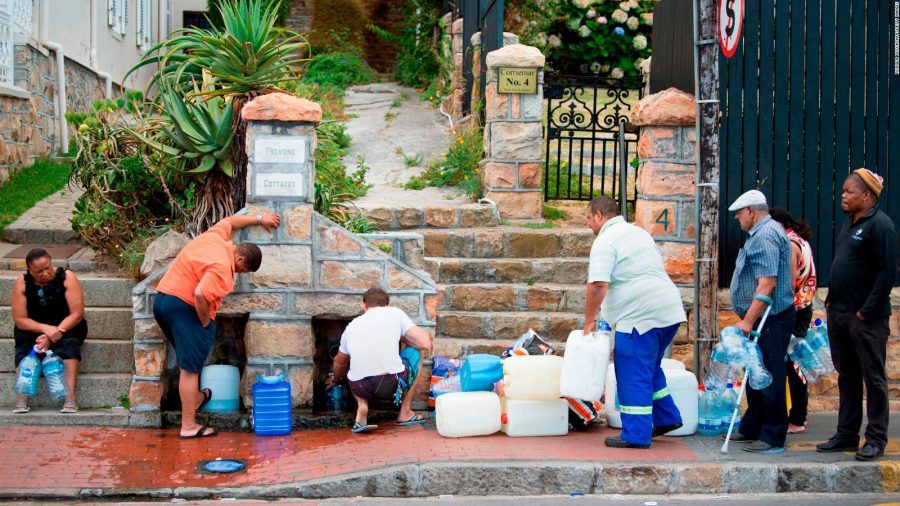By Harry Donnell
Staff Writer
As someone who grew up in a poor household, I understand firsthand how important it is to donate. The days that my family would receive food baskets felt like impromptu holidays.
There is no shortage of drives to donate to this season, but there is a lack of information about what to donate. To remedy this, here’s a short guide to help any would-be donor on their way.
What to Donate:
- Pasta of any variety.
- Canned goods such as beans, vegetables, fruit cocktails, sliced pineapples, tomato sauce, tuna fish, and meats such as ham, Spam, and chicken.
- Peanut butter, jelly, and other non-perishable spreads.
- Evaporated milk.
- Spices and seasoning.
- Something fun, like boxed cake, cookie, jello, or brownie mix, or chocolate.
What Not to Donate:
- Glass containers can be very fragile and might be a safety hazard to volunteers unloading donations.
- Frozen food or food that needs to be refrigerated at all times is not a good decision for donation as it can go bad very quickly. Only donate non-perishable items!
- Pet or baby food.
- Food items that are nearing or past their expiration date may seem like a good way to get rid of food you might not want or have space for anymore, but it can come off as inconsiderate.
Other Ways You Can Help:
- Check in with your local shelter about donating menstrual supplies and other personal hygiene items.
- Volunteering with a shelter like Rosie’s Place or Pine Street Inn or a local food pantry can be a great way to help.
- Donating warm clothing such as hats, coats, gloves, scarves, pants, and shirts is a wonderful way to help those in need.
There tends to be one or more donation bin in every town or city. Search to see what’s around you and make sure to put the clothes in strong bags and never to overfill a bag.
Donating money is an excellent way to help. However, it is important to look into the background of an organization before you donate to it to see if you agree with their philosophy and how they use their donations.
It is a good idea to research their history, what they have a history of supporting, what organizations they work with, if they are nonprofit or for-profit, and the way they use donations, monetary and otherwise.


















